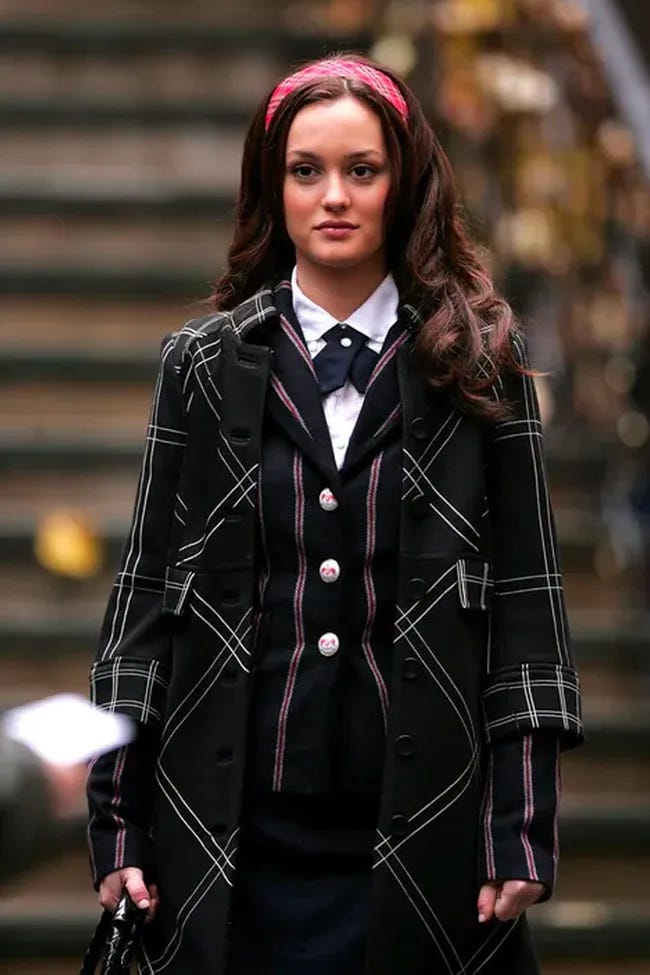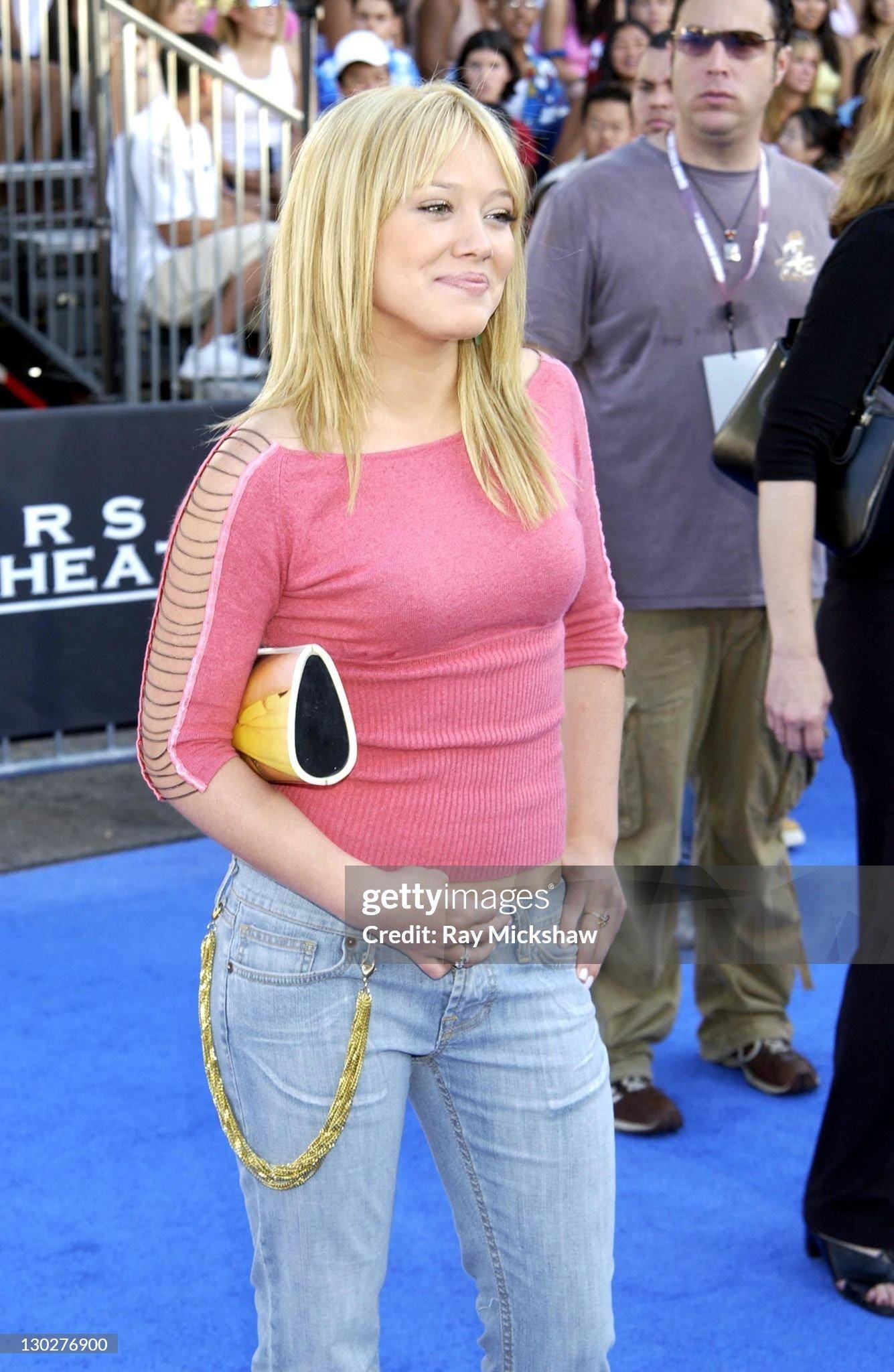how david kibbe's typing system helped me find peace with my body
I was born in 1991 which means that I came of age when Nicole Richie was Paris Hilton’s “fat friend” and 00 was the most coveted number in your abercrombie mini skirt. The 2000s tabloids in every grocery store checkout line was just a constant “which objectively thin celebrity are we saying is a beached whale this week” and I was very aware that even at 12, I was not meeting the beauty standard.
It was confusing because it wasn't that I wasn't thin, in fact i did wear a 00 for a lot of my teen years, but I am neither delicate nor narrow. I didn't have the same features as my friends who had petite and delicate everything. Tiny hands, tiny feet, tiny shoulders, but large eyes and delicate noses (what I now know are gamine features in kibbe speak). Nor did I have the slender and narrow look of a Paris Hilton or Kate Moss, whom low rise jeans seemed to be solely made for (what I now know are dramatic features in kibbe speak).
I was thin, but not tall, nor did I appear petite. I felt like my body was bigger, but I couldn't articulate why it felt bigger, nor did I have the features I really wanted that most girls in bigger bodies seemed to have (read: boobs). As I got older, I was drawn towards trendier things, loved shopping at Free People, and noticed that any fabric that restricted my movement looked and felt wrong. But I still struggled to dress my body outside of, “I like it better when it’s smaller,” which was demoralizing during the pregnancy and postpartum years that were the latter half of my 20s.
Most fashion advice that I had been subjected to was all about how to look skinny in everything. Slim your waist. Make your legs look slim. Wear black to look slim. I was always chasing an hourglass figure, and if I wasn’t at my thinnest, then I just wanted to wear as loose of clothing as possible to hide that fact. I have also never been one of those people that just knew how to dress themselves, even though I have always loved clothes and fashion. I didn't understand why my friend Kaitlin could wear birkenstocks and flannels and look like a cute feminine granola girl, while I just looked like a lesbian. Or why my best friend Sam looked amazing in jumpsuits, and even though we wore the same size, I looked like a giant toddler.
Enter: The Kibbe System
I first heard of Kibbe (pronounced “kibbie”) through TikTok when a woman named Ellie-Jean Royden was going through the different Kibbe body types and what they meant. Her first explanation intrigued me because she used Gossip Girl characters and the way they styled their prep school uniforms to explain how it harmonized with the different body types. Blake Lively’s character, Serena, always had her button down shirt untucked, her tie as loose as possible, her hair untamed. Blake is what kibbe would call a “flamboyant natural,”1 which means many things, but one of them is that she had width in her shoulders and is frame dominant. Clothing “hangs” on her shoulders. This is why when her shirt is unbuttoned and her tie is loose, she looks chic and put together. It looks purposeful instead of sloppy.
Leighton Meester’s character, Blair, on the other hand always looks perfectly buttoned up. Her uniform is tailored to fit her perfectly. She doesn’t have a hair out of place, it’s sleek and shiny. Blair is what David Kibbe would call a “soft classic,” soft classics look their best in clean, minimal lines and clothing that has balanced shape. Because they don’t have that width in their frame, oversized clothing swallows them and looks “frumpy” instead of effortless. Blair’s prep school uniform is worn completely differently, and it looks correct on her.
David Kibbe is a stylist from Manhattan who came up with his body typing system in the 1980s, culminating in his book Metamorphosis, which is now out of print and you can purchase for a few hundred dollars on Amazon or eBay. He grouped body types into five “families”: dramatics, naturals, classics, gamines, and romantics, and then there are subtypes within each of them.
There are online quizzes you can take to find your image identity, but they are pretty unreliable, and its a widely held belief among the Kibbe communities that its on average a six month journey to land on your type. I spent months going down the Kibbe rabbit hole, taking various quizzes, and noticing what outfits felt like they worked for me, and finally landed on “soft natural” for myself. And once I started learning about my type, it explained a lot. Soft naturals also have width in their frame, which has nothing to do with weight, but it means that no matter how thin you are you won’t ever look narrow. Although not verified by David Kibbe himself, Hilary Duff is thought to be a soft natural, which made my Lizzie McGuire fangirl heart happy.
Once I started to understand my image identity, dressing myself became significantly easier. My frame and bone structure was not something that I was going to be able to change (although there are women who get their clavicles shortened to lessen the appearance of broad shoulders), and having a wider frame was not a bad thing. In fact, I was in good company (Scarlett Johansson and Jennifer Lopez are also soft naturals), all I needed to do was find styles that harmonized with my natural features. Restrictive material, including skin tight dresses or jeans, neither looked nor felt right - but a halter top or one shoulder dress felt and looked great on me. Floor length dresses made me look short and stumpy, but if I had a maxi dress with a slit up the leg, it became sexy and elegant.
Kibbe uses a lot of terms that can be triggering to those of us who came of age in a culture that told us Jessica Simpson at a size 6 was the worst case scenario, but I’ve come to appreciate his terminology as a neutral descriptor. When he talks about “width,” that has nothing to do with whatever weight you happen to be at the time. I could be 95 lbs and I would still have width. When he talks about being “fleshy” or “soft” he is not talking about weight, he is observing how flesh sits on our frame differently depending on our body composition. There are folks who are angular and taut (leaning towards the “yang” end of the Kibbe spectrum) and there are folks who have primarily round and soft features (leaning towards the “yin” end of the kibbe spectrum). Pure romantics, known for double curve and “softness,” include Marilyn Monroe and Beyoncé. There is no “bad” body type, no “bad” image identity, and your bone structure and core features don’t change based on your weight.
There are valid criticisms of the Kibbe system, mostly that his original typing was majority thin white women, it was mostly old Hollywood celebrities and so it originally included very few women of color or plus sized women. I think it is much like anything else, there are people who have no interest in constant self-categorization (could never be me unfortunately), but I have found it to be an incredibly helpful tool as someone who has a very hard time conceptualizing myself and always felt about ten steps behind when it came to fashion, hair, and makeup. Kibbe gave me the freedom to stop chasing body types that have a rib cage that will never be mine, and to embrace my “wide and blunt” bone structure, no matter the number on the scale.
Neither Blake Lively nor Leighton Meester have been officially identified by David Kibbe as these types, this is just a guess from a particular creator who has studied the system. David Kibbe does have verified celebrities underneath all of his types





